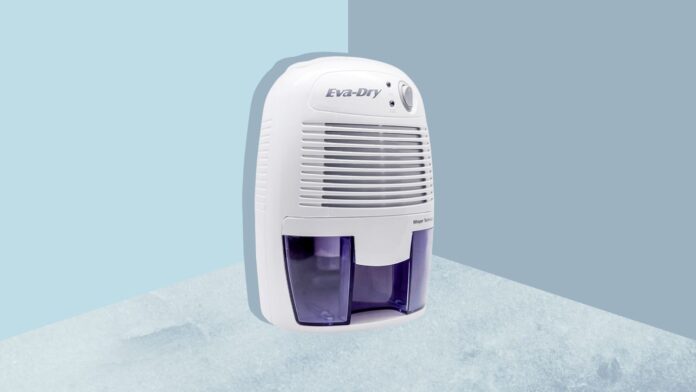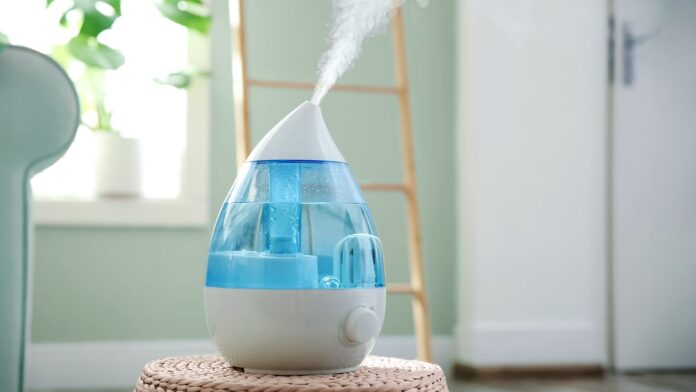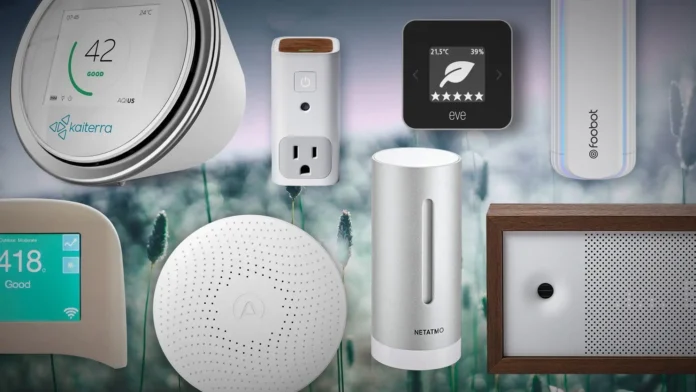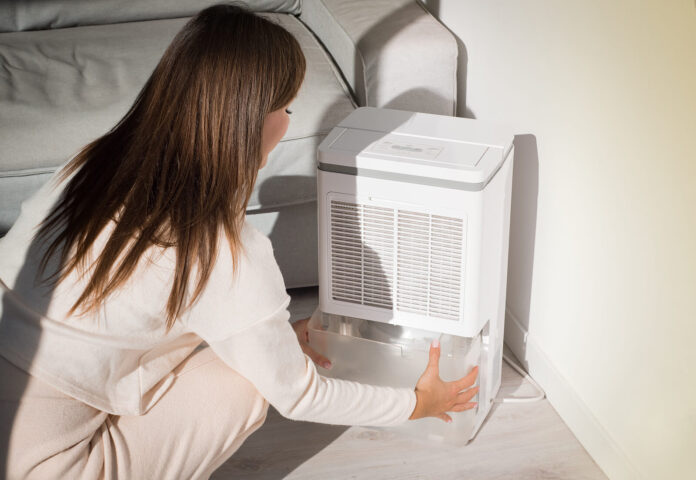The quality of air is a fundamental aspect of our environment that profoundly influences human health, ecological stability, and the overall quality of life. But Indoor air quality is a topic of growing concern in our modern lives, as we spend a significant portion of our time indoors, whether at home, in the office, or in various indoor environments. That is why a dehumidifier is encouraged to be used in your homes, which removes excess moisture and creates a more comfortable environment.
In this article, let us understand the importance of having a dehumidifier in your home and how beneficial it can be to improve indoor air quality.
First of all, let us know what is a dehumidifier. It is an electrical appliance designed to reduce and maintain the humidity level in an indoor environment They are commonly used in homes, basements, crawl spaces, bathrooms and other indoor areas where there is excessive humidity.
Let us break down the benefits a dehumidifier can contribute to and discuss how it can be favourable against allergies to humans.
Dehumidifiers to Breathe Better and Reduce Allergies

A dehumidifier is like a home’s superhero that helps you breathe better by simply taking the extra moisture in the air in your home. When the humidity level is above 50% for a prolonged period, it can invite moulds and dust mites, especially in places like bathrooms and basements. High humidity can trigger allergies and cause respiratory issues, such as asthma. A Dehumidifier helps to reduce allergens like dust mites, creating a healthy environment for individuals with sensitivities and respiratory symptoms.
How dust mites are grown? And How do Dehumidifiers help in reducing Dust mites?
Dust mites are not grown intentionally, instead, they thrive in indoor environments naturally, particularly in settings with specific conditions like high humidity that favour their growth.
Dust mites are tiny arachnids that feed on organic matter, including skin flakes shed by humans and pets.
Dehumidifiers indirectly aid in managing dust mites by creating an unfavourable environment for their growth and reproduction. By maintaining a lower humidity level, allergen production is minimised, promoting a healthier and more comfortable living environment.
How can Dehumidifiers help with Eczema?

Eczema, also known as atopic dermatitis, is a skin condition with dry, itchy, and inflamed skin. While the causes of eczema are complex and often include genetic factors and allergens, environmental conditions can significantly influence the severity and frequency of eczema flare-ups. However, a Dehumidifier is a device that can control indoor environmental humidity levels, and contribute to individuals with eczema.
Mold and Mildew Prevention
Dehumidifiers play a crucial role in preventing moulds from growing in your home. Excess indoor humidity is the cause of reason for this. Living in a mouldy home can cause serious health issues like headaches, and eye, nose, or throat irritation, especially for infants, pregnant women and elderly individuals. Therefore, a dehumidifier can help you make it harder for mould to grow by removing the wetness in the air.
Prevention from Unpleasant Odors
One of the most important benefits of using a dehumidifier is that it prevents cooking odours from spreading throughout your home. By creating a dryer environment, they make it less hospitable for odor-causing bacteria and fungi to produce unpleasant smells.
Preservation of your Properties
High humidity can cause damage to various household items, including your furniture, electronics, and other items. Dehumidifiers help protect these assets by properly maintaining humidity levels and preventing warping, rust, and corrosion.
In the long term, high humidity can cause structural damage to buildings as well, like rotting wood, peeling paint, and decay. However, dehumidifiers can contribute to the preservation of structural buildings and homes.
Energy Efficiency
When the moisture content in the air in your home is lower, it tends to make your indoor environment cooler. Dehumidifiers create an environment that enhances comfort and contributes to energy saving. It is a practical and cost-effective means of optimising indoor climate conditions while promoting energy efficiency in homes.
Let us discuss now the methods and tools that are available to assess and monitor IAQ (Indoor Air Quality) effectively.
Indoor Air Quality Monitoring

Monitoring indoor air quality (IAQ) involves using tools and devices like air quality monitors that measure various air quality parameters, CO2 monitors, which measure the carbon dioxide concentration in the air, PM monitors that detect and quantify the number and size of airborne particles, VOC monitors that can measure the indoor air pollutants emitted by various sources, and other tools like humidity sensors, thermometers or smart home devices.
Regular monitoring helps you identify issues and trends and lets you take action accordingly to maintain a healthy and comfortable indoor environment.
Conclusion
In conclusion, a dehumidifier can be a valuable asset in the fight against allergies. This device plays a vital role in improving indoor air quality by reducing humidity levels, which can help control common indoor allergens like dust mites and mould. By making a drier and unsuitable environment for these allergens, dehumidifiers contribute to a healthier living space for individuals with severe allergies.
However, it is recommended that allergy sufferers consult with a health professional for a better-personalised allergy management plan that includes the use of dehumidifiers as part of an overall strategy to reduce allergen exposure in their surrounding environment.
Ultimately, a dehumidifier serves as an essential tool in the search for better indoor air quality and enhanced comfort for those dealing with severe allergies, which in the long run, contributes to a higher quality of life and an improved overall well-being.







